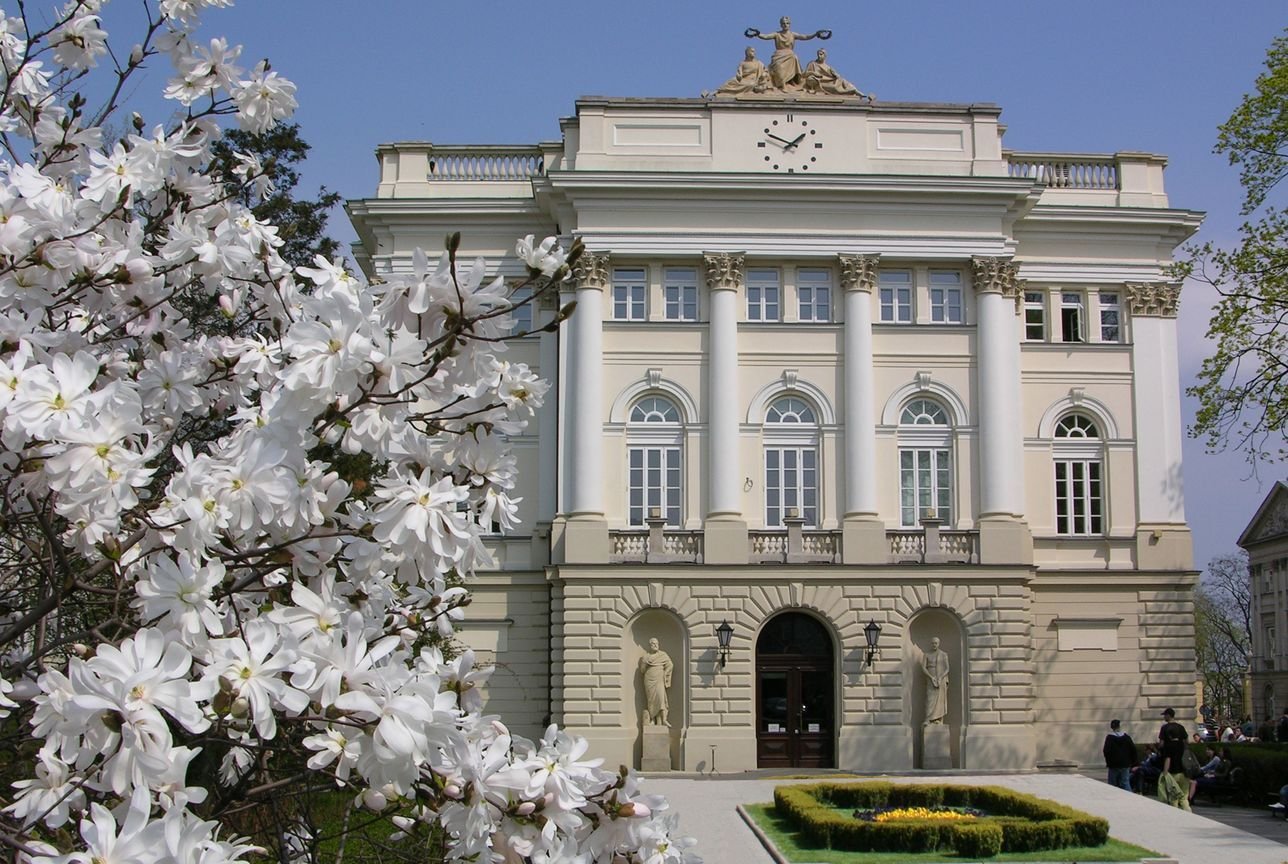#6888. Majestic Neoclassical Façade with Corinthian Columns and Sculptural Decor
Before us stands a distinguished example of neoclassical architecture, embodying the elegance and grandeur of the era. The building features impeccable symmetry of the façade, characteristic of classical architectural style. The central part of the façade is adorned with impressive Corinthian columns that create a striking portico and emphasize the ceremonial entrance.
The upper part of the building is crowned with a balustrade and sculptural composition, which is a classical technique in the design of significant public buildings. A notable detail is the central clock, organically integrated into the architectural composition. The façade has a clear horizontal articulation with a rusticated ground floor, giving the structure visual stability.
The window openings on the second floor are framed with semi-circular arches and flanked by pilasters, which enhances the rhythmic composition. On both sides of the entrance group are niches with statues, which is a classical technique of architectural façade design, giving the building special solemnity and cultural significance.
The color scheme of the façade—light, cream tones—emphasizes the elegance of architectural details and creates a harmonious contrast with the blue sky and the blooming magnolia in the foreground. The seasonal flowering of trees creates an additional aesthetic effect, demonstrating how proper landscape design can complement the architectural ensemble.
For private construction, one can adopt elements such as proportionality, symmetry, the use of columns or pilasters to accentuate the entrance area, as well as a light color palette. Even on a reduced scale, these techniques can give a home presentability and classical elegance that is timeless.
